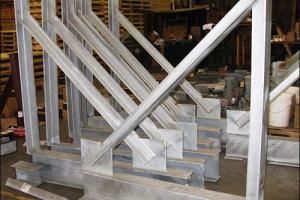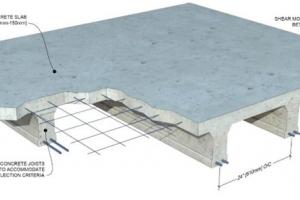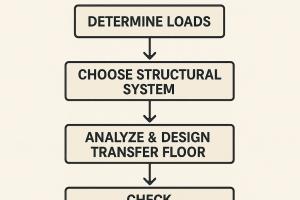What is LRFD? How Load and Resistance Factor Design Works?
Load and Resistance Factor Design (LRFD) is a design methodology used in structural engineering to ensure the safety and reliability of structures. It is an alternative to the traditional Allowable Stress Design (ASD) approach. LRFD is widely adopted in many countries, including the United States.
In LRFD, the loads and resistances of a structure are considered as random variables rather than fixed values. The design process involves estimating the loads acting on a structure and determining the capacity or resistance of its components to withstand those loads.
The LRFD method uses load and resistance factors to incorporate a level of safety into the design. Load factors are applied to the estimated loads to account for uncertainties and variations in their magnitudes. Resistance factors are applied to the calculated capacities of structural components to account for uncertainties and variabilities in material strengths, workmanship, and other factors that affect resistance.
By using load and resistance factors, LRFD ensures that the probability of failure for a structure is low and acceptable. It allows for more consistent and rational designs, taking into account the inherent variability in loads and material strengths.
LRFD considers various types of loads that a structure may experience, such as dead loads (permanent loads like the weight of the structure itself), live loads (temporary loads like occupancy and furniture), snow loads, wind loads, seismic loads, and other environmental loads. Each type of load is assigned a load factor based on its statistical characteristics.
Similarly, resistance factors are assigned to different structural components based on their material properties, manufacturing processes, and quality control measures. These factors are typically derived through extensive testing, research, and analysis.
The LRFD method provides a more unified and consistent approach to structural design, allowing engineers to make more informed decisions about the safety and reliability of structures. It has become the preferred design approach in many engineering codes and standards around the world.












